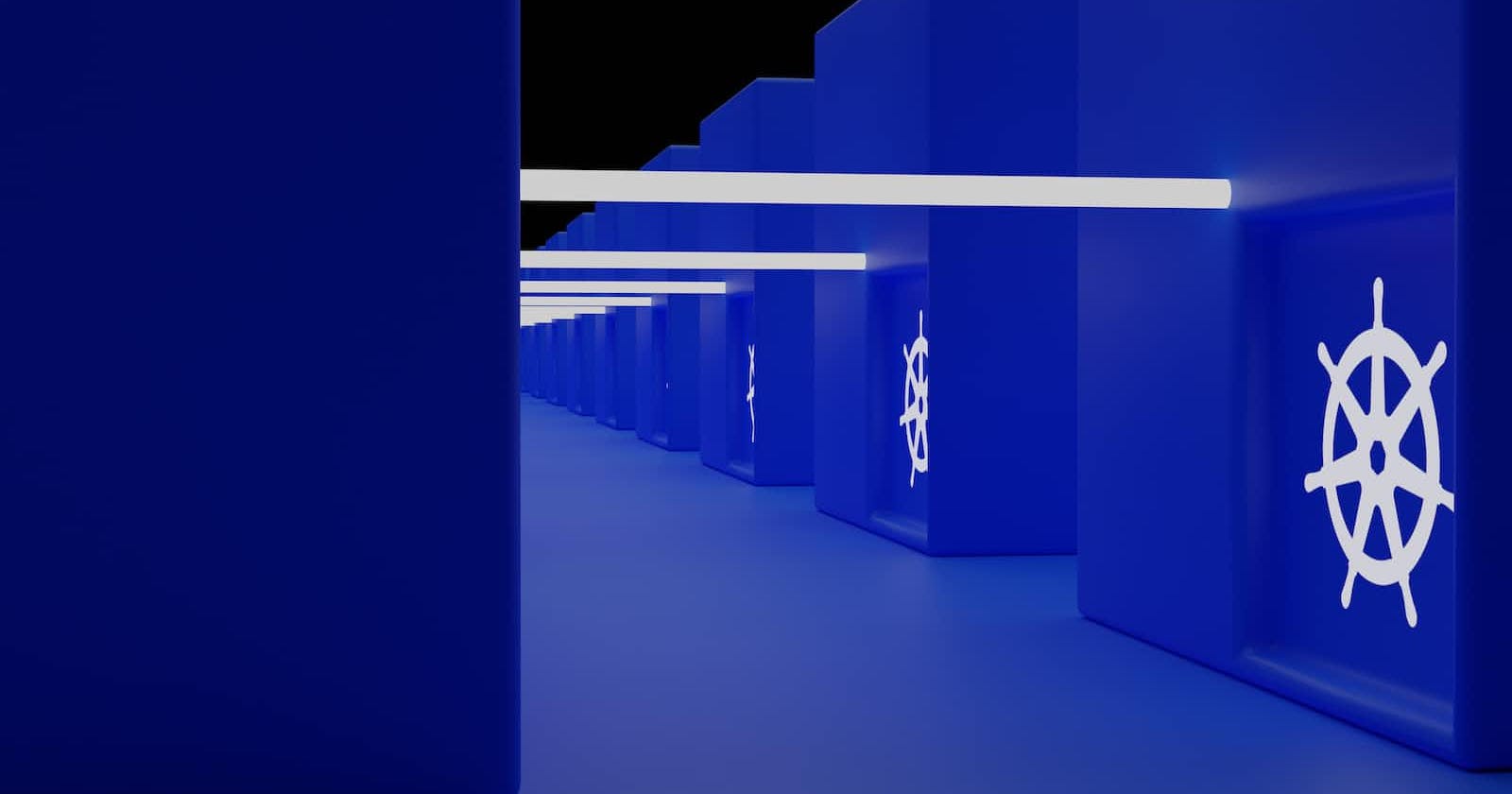Introduction
Kubernetes is an open-source container orchestrator that automates container deployment, scaling, and administration tasks. It provides helpful abstraction layers for running containerized workloads in production. Kubernetes is a distributed system that horizontally scales containers across multiple physical hosts termed Nodes. This produces fault-tolerant deployments which adapt to conditions such as Node resource pressure, instability, and elevated external traffic levels. If one Node suffers an outage, Kubernetes can reschedule your containers onto neighboring healthy Nodes. In this blog, we will explore the architecture of Kubernetes in detail.
Kubernetes Architecture Components
Kubernetes architecture consists of several components that work together to provide a complete and working Kubernetes cluster. The following are the key components of Kubernetes architecture:
Control Plane
The control plane is the brain of the Kubernetes cluster. It manages the state of the cluster and makes decisions about scheduling, scaling, and deploying applications. The control plane consists of the following components:
API Server: The API server is the central management point for the Kubernetes cluster. It exposes the Kubernetes API, which is used by other components to interact with the cluster.
etcd: etcd is a distributed key-value store that stores the configuration data of the Kubernetes cluster. It is used by the API server to store and retrieve the state of the cluster.
kube-scheduler: The kube-scheduler is responsible for scheduling the pods on the Nodes. It selects the best Node for each pod based on resource requirements, affinity, and anti-affinity rules.
kube-controller-manager: The kube-controller-manager is responsible for managing the controllers that regulate the state of the cluster. It includes the Node controller, Replication controller, and Endpoint controller.
Nodes
Nodes are the worker machines that run containerized applications. Nodes are responsible for running the pods and providing the necessary resources for them to run. The following are the key components of Nodes:
kubelet: The kubelet is responsible for managing the pods on the Node. It communicates with the API server to get the desired state of the pods and ensures that the pods are running as expected.
kube-proxy: The kube-proxy is responsible for managing the network connectivity between the pods and the outside world. It sets up the necessary network rules to allow the pods to communicate with each other and with the outside world.
Container Runtime: The container runtime is responsible for running the containers on the Node. Kubernetes supports several container runtimes, including Docker, containerd, and CRI-O.
Add-ons
Add-ons are optional components that provide additional functionality to the Kubernetes cluster. The following are some of the commonly used add-ons:
DNS: The DNS add-on provides a DNS service for the Kubernetes cluster. It allows the pods to communicate with each other using their names instead of IP addresses.
Dashboard: The Dashboard add-on provides a web-based user interface for managing the Kubernetes cluster. It allows the users to view the status of the cluster, deploy applications, and manage the resources.
Ingress Controller: The Ingress Controller add-on provides a way to expose the services running inside the Kubernetes cluster to the outside world. It allows the users to define the routing rules for the incoming traffic.
Conclusion
Kubernetes architecture is a complex system that consists of several components that work together to provide a complete and working Kubernetes cluster. Understanding the architecture of Kubernetes is essential for deploying and managing containerized applications in production. In this blog, we explored the key components of Kubernetes architecture, including the Control Plane, Nodes, and Add-ons.

